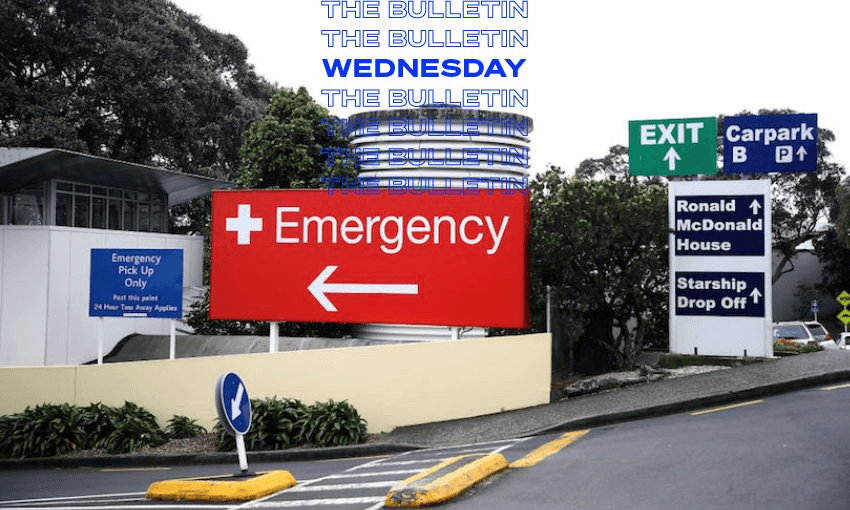For years the government has faced warnings that illicit opioids could become a problem here, for years it has done very little to prepare, Justin Giovannetti writes in The Bulletin.
Preparing to face a crisis that might never happen. Today let’s do something different and investigate an avoidable health emergency that hasn’t struck New Zealand and perhaps never will. It has hit many of our closest friends around the world and has caused enormous waves of human misery. There are theories for why it hasn’t really arrived in Aotearoa, none of them very comforting. The government could do much to prepare at relatively low cost, but has chosen not to. Let’s look at the opioid crisis.
Why New Zealand needs to prepare to face an opioid crisis like the one ripping through North America and Europe. A New Zealander is now dying from an opioid overdose nearly every week, according to the NZ Drug Foundation. While that figure isn’t anywhere near the crisis levels seen overseas, where fatalities are now in the thousands every month, each death is preventable. A toxic mixture of red tape and political caution has stopped New Zealand from adopting measures that could save lives, Sarah Helm, the foundation’s executive director, told The Bulletin.
“We have at least 46 people dying every year, unnecessarily, of opioid overdoses. They are entirely preventable and so we are very keen to see new measures put in place. New Zealand has done great in some areas, like drug checking. But we continue to lag behind in overdose prevention,” said Helm.
One of the main tools we could use is a medication called naloxone. Over the last decade, the synthetic opioid fentanyl has gone from a rarely detected drug in North America to being found in the vast majority of the continent’s overdose deaths. In many cases, people aren’t seeking out the opioid, but it has been added to other drugs. It’s cheap and extremely potent, often causing overdoses without warning. Naloxone has saved thousands of lives every week. It quickly reverses an overdose, giving someone time to get to hospital and lifesaving care.
“We are grossly underprepared for an opioid crisis. We don’t have the stocks of naloxone available or delivery mechanism. Should we end up with an adulterated supply of MDMA or methamphetamine, we would likely end up with a number of overdoses quickly and not have the ability to help those people,” Helm added. That’s the nightmare scenario, where fentanyl is added to the country’s drug supply as a cheap high that boosts profits for gangs.
New Zealand has access to two types of naloxone, both in very limited quantities. Injectable naloxone is funded, but requires someone to get a prescription to carry it. The prescription can be hard to get and means the medication often can’t be carried by first responders in New Zealand. Paramedics, fire fighters and police in some jurisdictions overseas now carry it as part of their normal kit. Some ambulances, but not all in New Zealand, have naloxone. An easier-to-use nasal spray version is freely available for anyone in this country, but it’s not funded. It costs about $90 per dose. Some drug users have been provided with access to the spray version in Nelson and Palmerston North, but on a very limited basis.
It’s a maddening state of things for people who need the medication: It’s either available and unfunded, or funded and unavailable.
Why the opioid crisis isn’t here. For those New Zealanders dying of overdoses it is. The New Zealand Medical Journal has looked at the situation and come to two conclusions for why we aren’t seeing more. The first is that the border is our main defence, but it’s leaky and shouldn’t be our only defence. The second is much more concerning: We might not even know if we were in an opioid crisis. The country’s data is years old, the fatality figures in this story are still provisional and come from 2018. There’s also no rapid reporting system to give any one person a clear picture of what’s happening across the country’s emergency departments and pathology labs. As the Journal concludes, “we may not know we have a trend until it is well underway.”
